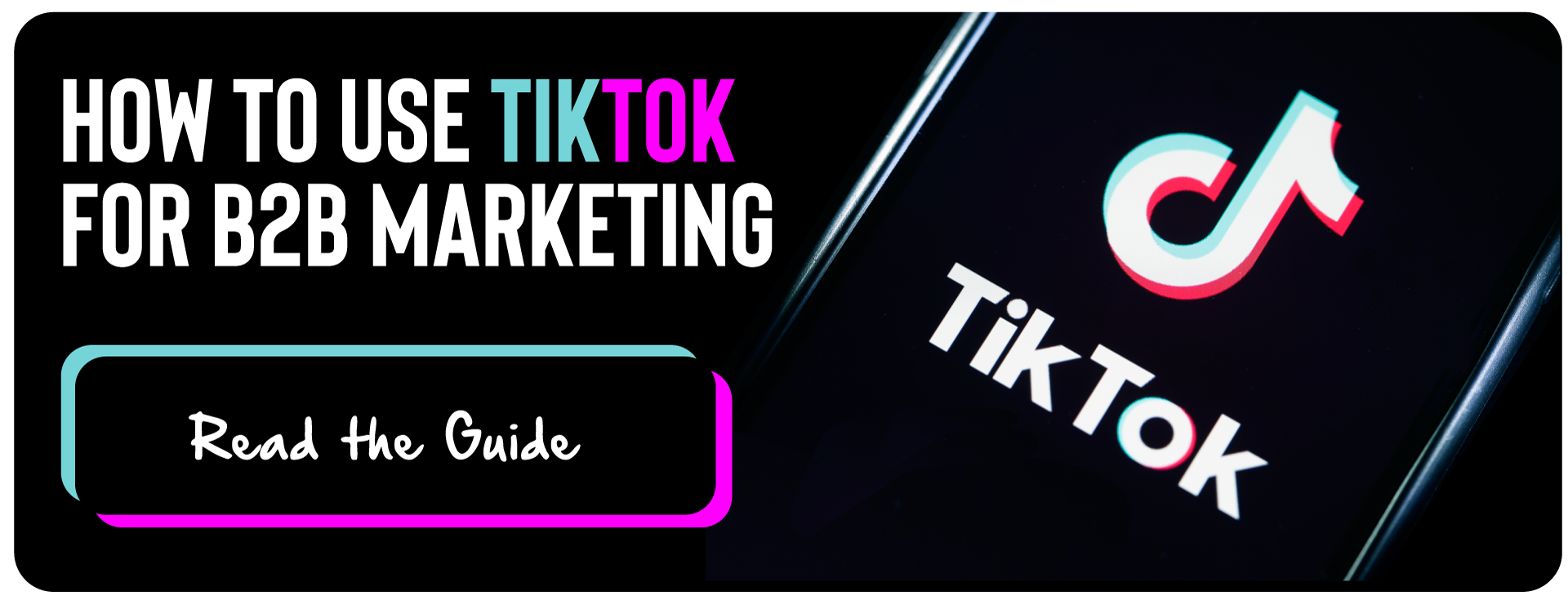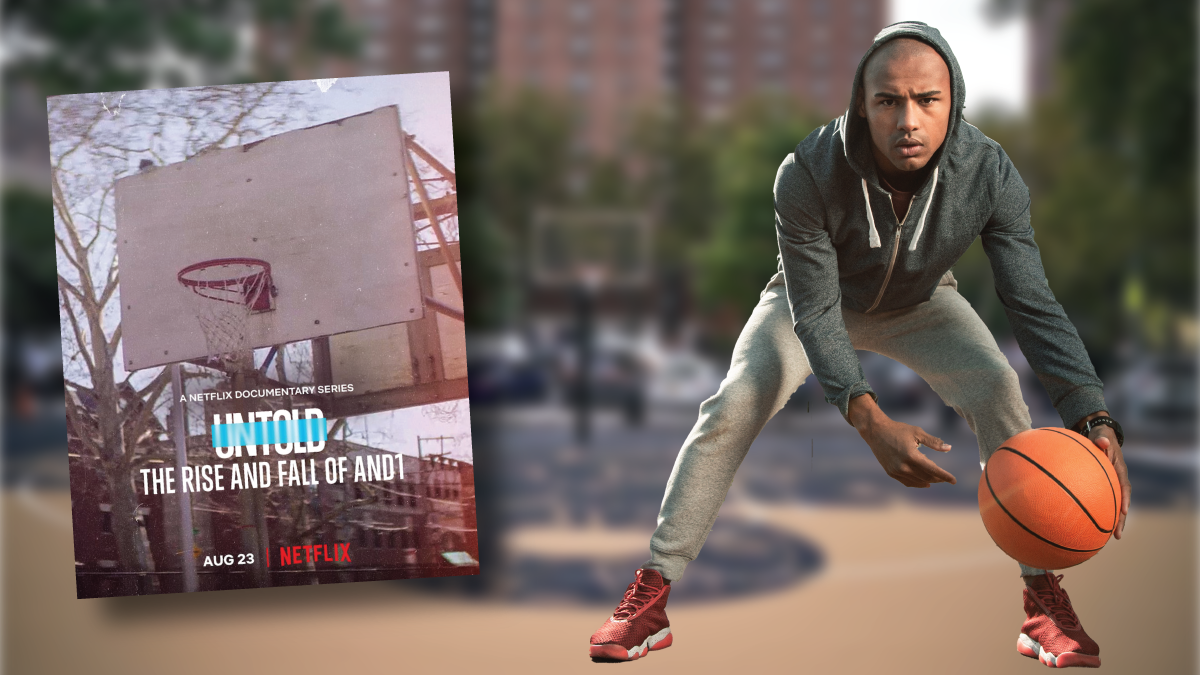
There’s a documentary on Netflix called Untold: The Rise and Fall of AND1. It’s a fascinating case study for business, entrepreneurship, and how to avoid pitfalls.
In this post, we’ll layout some of the moves AND1 did to gain their success, and how we may be able to apply these lessons to our businesses. This is not meant to be a historical record of every move they made, but some of the major events taken from the documentary.
Finding their niche
In many instances, if you are looking to start a business, you have competitors. If you don’t, and are successful, competitors will soon enter the market. Being first can give you an advantage (aptly named first-mover advantage), but chances are you have to be cheaper, faster, and better in some meaningful way. In business, this is often referred to as your UVP, or unique value proposition.
In the case of AND1, they were looking to enter a space dominated by some powerful players, the likes of Nike, Adidas, Reebok, etc.
How would they ever compete?
If they were to go head-to-head and do the exact same thing as these giants, they would have been squashed like a bug. They would not likely be cheaper, faster, and better anytime soon.
Instead, they found their niche in streetball where they could have a first-mover advantage. This was an area that these larger companies had neglected. Even their name, ‘AND1’ is a streetball reference – a braggadocious remark a player would say after scoring a basket.
AND1 Mixtape
AND1’s idea was to film the best street ballers in New York at the infamous Rucker Park. Streetball was a different game than the NBA. It was as much about being flashy and humiliating your opponent with creative, and by NBA rules, illegal moves than it was about winning.
Instead of playing in well-lit stadiums, with polished floors, and concession snacks, streetball was much more raw and gritty. People would crowd the courts, standing on tables, climb up fences, and gawk from neighbouring balconies just to catch a glimpse of the action.
AND1 decided to film and edit these ballers, layer on some hip-hop music, and then release the tapes to the world. They called them the ‘AND1 Mixtapes’.
The films captured the essence of attending live, complete with the rough pavement, broken nets, graffiti, street noises, cheering onlookers… They removed all the boring parts from the game and just had non-stop highlights of moves that many people had never seen in the game of basketball.
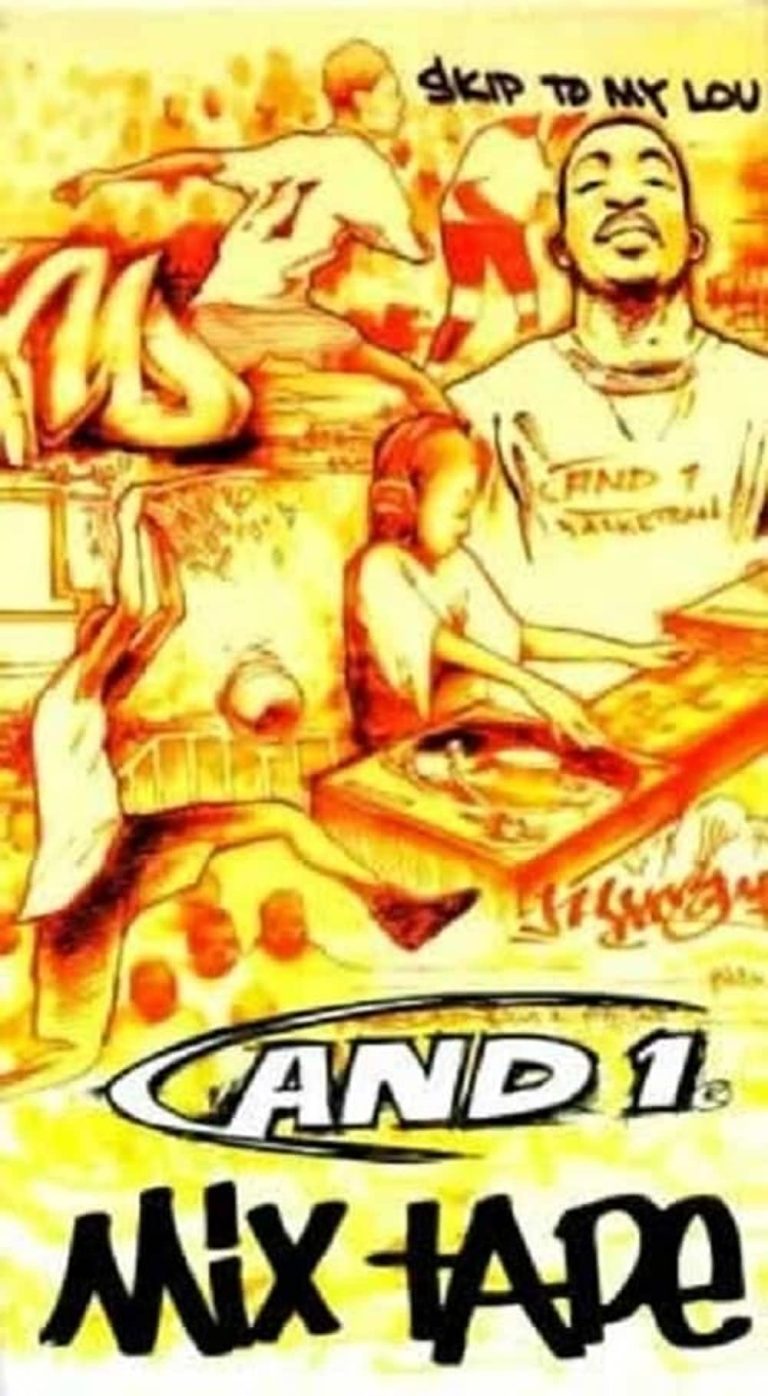
Distribution
AND1 had the mixtapes before they had a brand. This is an important lesson for many aspiring entrepreneurs. You don’t always need to have everything fully planned out. It’s like driving a car at night. You can only see as far as the headlights, but you can make it the entire way like that.
Their next move was to establish their name with an aggressive street marketing campaign. They printed thousands of mixtapes and distributed them for free to spectators at the street courts, barber shops, street wear clothing shops… anywhere their core demographic would congregate.
It worked.
Soon, the streets were buzzing with this popular subculture version of basketball, and with one brand attached to it. But they were yet to be a brand.
Heat in the street
Their next move was to capitalize on the buzz they had created. The founders made a list of trash-talking slogans and printed them on t-shirts. This attitude-driven brand began to take flight. It was something the mainstream brands weren’t doing, further cementing AND1 as a raw, unground counter-culture brand.
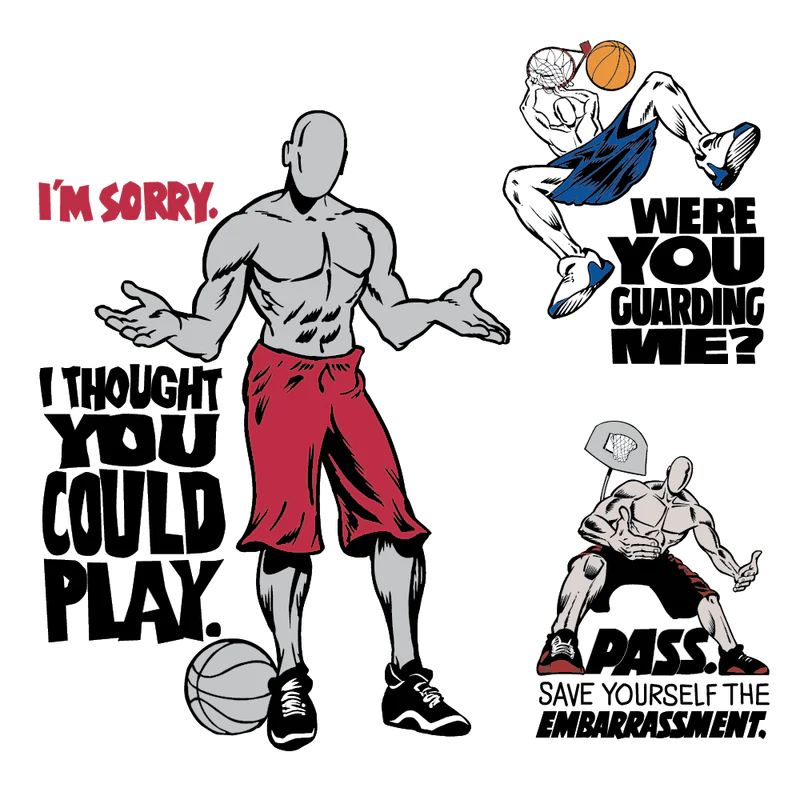
The shirts were selling out, but they had their eyes on a much larger prize. They wanted to be in the big leagues, competing with Nike, Adidas, and Reebok, and not forever be some trash-talking t-shirt brand, which could get gimmicky quick.
They knew at least two things needed to happen:
- They needed more mixtapes
- They needed to sell shoes
Building their talent roster
Leaning into their niche, they put together a team of the best street ballers in New York. Today we would call this influencer marketing. Much like Nike had Jordan, these ballers lent credibility (or more specifically ‘street cred’ for lack of a better phrase) to the brand. Their breakout star was “Skip to the Lou” (Rafer Alston) – who would go on to play in the NBA.
To showcase their new roster of talent, AND1 went on a 5-city tour. It was a campaign driven by four main objectives:
- Recruit more top talent (which they did – shout out to The Professor)
- Display their talent in street ball games
- Grow brand awareness outside of New York
- Be a content engine to produce more of the much-hyped and anticipated Mixtapes
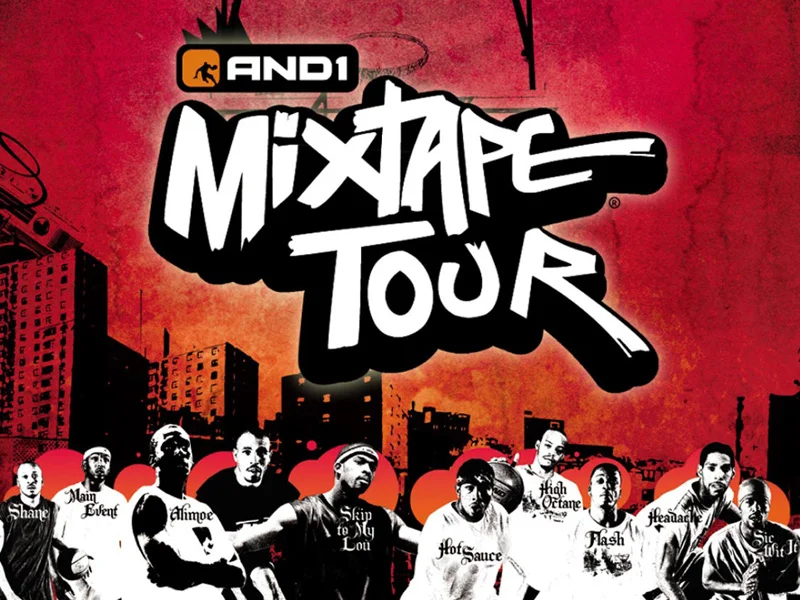
The tour was a huge success. Their fanbase continued to grow.
Now gaining recognition from big brands such as Foot Locker, who were clamoring to get their hands on their merch, AND1 was making a name for themselves, permeating beyond the streets of New York.
Playing in the big leagues
Nike had Jordan, Reebok had Shaq, and nearly every other major NBA player had an endorsement deal with a shoe brand. AND1 knew there was a lot more money in footwear, and it would elevate their legitimacy in the space. Selling footwear, therefore, was the next logical step for AND1 to take.
I won’t go into the history of what happened next, but if you’re interested, check out the documentary.
After some setbacks, AND1 had arrived on the main stage and had established themselves as a legitimate player in the athletic footwear and apparel industry.
They continued to grow in their niche until the big brands were forced to take notice. Nike hit back with their Nike Freestyle line, marked by this icon commercial.
There are many lessons we can learn from AND1, chief among them is they had the courage, passion, and audacity to build an empire with no prior experience in the footwear and apparel industry. They found a niche that had been neglected and made it their own.
For more information on this story, I highly encourage you to check out Untold: The Rise and Fall of AND1 on Netflix.

